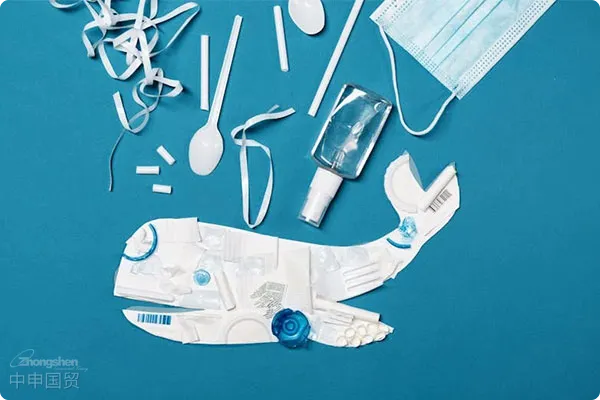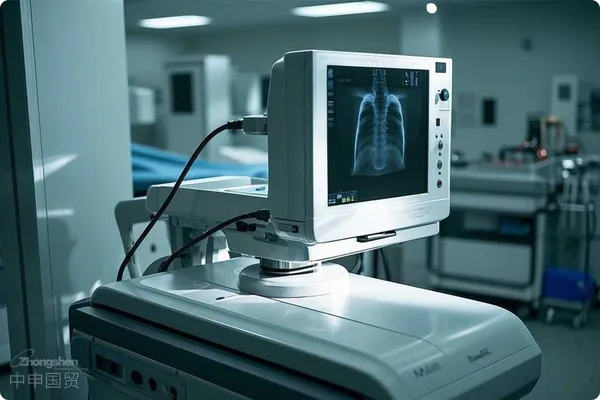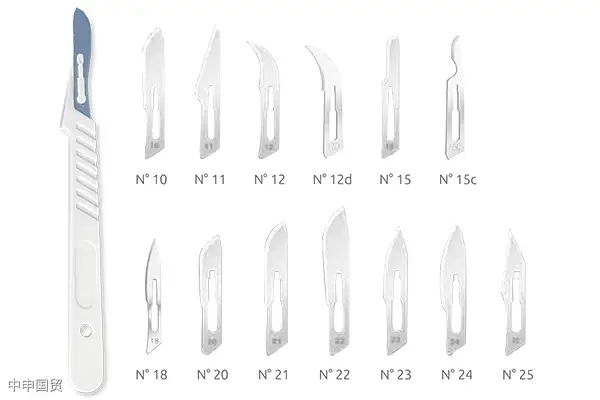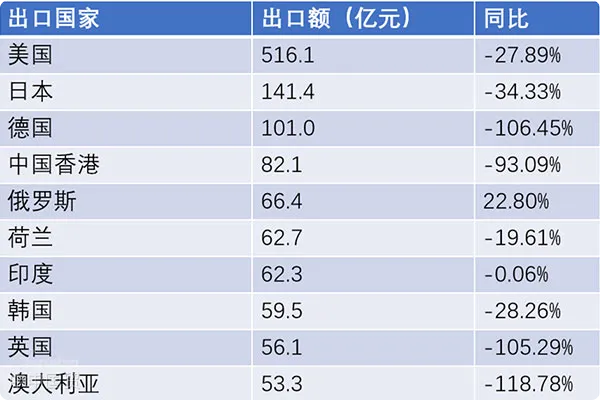- Shanghai Zhongshen International Trade Co., Ltd. - Two decades of trade agency expertise.
- Service Hotline: 139 1787 2118
This article details the key aspects of market access in Thailand, including regulatory authorities, product classification, registration processes, and post - market supervision. This information provides an important reference for Chinese medical device manufacturers to enter the Thai market.Medical EquipmentI. Regulatory Authorities for Medical Devices in Thailand
II. Classification of Medical Devices in Thailand
The classification system of medical devices in Thailand is different from that of most countries and mainly includes the following three categories:
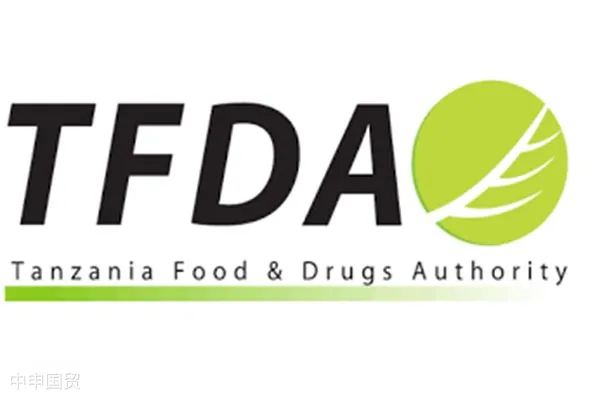
III. Registration Process of the Thai Medical Device Market
Licensed Medical Devices (Class I): This is the category with the highest risk level, including 7 types of devices, namely condoms, medical examination gloves, surgical gloves, sterile disposable syringes, sterile disposable insulin syringes, HIV diagnostic test reagents, and contact lenses. These devices need to be approved by the TFDA before they can be sold in the Thai market.
Notification Medical Devices (Class Ⅱ): For devices in this category, manufacturers and importers need to obtain product notifications from the TFDA before the products enter the Thai market. It mainly includes physical therapy equipment, breathalyzers, breast implant silicone prostheses, breast - enhancing products, and HIV test kits for research only.
General Medical Devices (Class Ⅲ): This category covers approximately 90% of medical devices. Medical devices that do not belong to Class I and Class II are classified into this category.
It should be noted that for medical devices containing
or drug components, the applicant can apply to the TFDA for an assessment of the products attributes and risk level to determine whether the product is classified as a medical device. In addition, in 2019, the Thai Ministry of Health upgraded the Medical Device Act, defining tooth whitening products with a hydrogen peroxide concentration higher than 6% and contact lens care products as medical devices and classifying them as Notification Medical Devices.Cosmetics & Personal CareThe registration process of the Thai medical device market is relatively clear and standardized, and its basic process is as follows:
IV. Labeling Requirements for Medical Devices in Thailand
Prepare Registration Documents: First, the applicant needs to prepare the relevant documents required for registration, including the Certificate of Free Sale and the quality system certificate of the product. At the same time, it is necessary to ensure that all documents meet the regulatory requirements of Thailand.
Submit Registration Documents: The applicant submits all the prepared registration documents to the TFDA Service Center, and the staff of the service center will receive and review them.
Submit Registration Documents: The applicant submits all the prepared registration documents to the TFDA Service Center, and the staff of the service center will receive and review them.
Document Review and Record: Regulatory personnel from the Medical Device Control Department of TFDA will conduct a detailed review and record of the submitted documents to ensure that all documents are complete and error - free.
Document Recording and Number Provision: The staff will record the applicants files into the database system, and then provide the applicant with a reference number and a receipt.
Approval: If the regulatory personnel confirm that all the submitted documents are correct and meet the relevant standards, they will print a medical notice on the back of the Certificate of Free Sale. Then, the regulatory agency will submit these documents to the person in charge of the Medical Device Control Department for final approval.equipment. For example, Indonesia has the SNI certification, Thailand has the TISI certification, and the Philippines has the BPS certification. It is necessary to confirm in advance the equipment voltage (such as 380V/50Hz in Thailand), the compatibility of the CE certification, and the proof of environmentally friendly materials.Obtaining Export Approval: Finally, the applicant will obtain the export approval from Thailands TFDA, and can officially import medical devices into the Thai market for sale.
It should be noted that this registration process is a general procedure. The specific process may vary due to factors such as product type, risk level, and others. Therefore, before actual operation, it is advisable to consult a professional regulatory advisor or communicate in detail with TFDA to ensure the smooth completion of medical device registration.
In Thailand, the labeling of medical devices is a very important part, as it conveys important information about product safety and performance to users or patients. In order to reduce regional differences and regulatory complexity, Thailand has clearly regulated the labeling of medical devices.
V. Post - market Supervision of Medical Devices in Thailand
According to Thai regulations, the label of a medical device must contain the following information:
Name and Category of the Medical Device: This part of the information should clearly indicate the name of the product and the category of medical device to which it belongs.
Information of the Manufacturer and Importer: The label should include the names and locations of the manufacturer and the importer.
Intended Use of the Product: This part of the information should clearly state the intended use of the product so that users can understand the scope of application of the product.
Usage and Storage Conditions: This part of the information should include the usage method and storage conditions of the product to ensure that the product is used and stored under appropriate conditions.
Warnings and Precautions: If there are certain risks or precautions during the use of the product, this information should be clearly marked on the label.
Registration Certificate Number: The label should include the certificate number of the product registered with Thailands TFDA.
It should be noted that Thailand requires all medical device labels to be in Thai. This means that before importing medical device products into the Thai market, manufacturers or importers need to ensure that all label information has been correctly translated into Thai.
After medical devices are approved for marketing, they still need to be continuously supervised by Thailands TFDA to ensure product quality and safety. Thailands post - marketing supervision measures mainly include the following points:
The medical device market in Thailand is regulated by the Thai Food and Drug Administration (TFDA) under the Ministry of Public Health. All domestic and imported medical devices need to be approved by the TFDA before entering the domestic market. The Medical Device Control Division of the TFDA is specifically responsible for overseeing matters related to medical device regulations.
Regular Inspections: TFDA will regularly inspect the medical devices on the market to ensure that the products still meet the specifications and standards at the time of registration.
Product Sampling and Recall: TFDA will regularly sample the medical devices on the market. If quality problems or safety risks are found in the products, TFDA has the right to require the manufacturer or importer to recall the products.
Handling of Non - compliant Products: If a medical device is determined to be non - compliant, TFDA can require the suspension of production and import of these products, and impose fines or other administrative penalties on the manufacturer or importer.
Intervention of Law Enforcement Agencies: In necessary cases, Thailands law enforcement agencies can intervene in the supervision of medical devices and hold manufacturers or importers who violate the regulations criminally liable.
These post - marketing supervision measures effectively ensure the safety and effectiveness of medical device products in the market and provide protection for consumers. At the same time, for manufacturers and importers, strictly complying with Thailands medical device regulations and standards and actively cooperating with TFDAs supervision work are important factors in maintaining the market position of products and the reputation of the company.
Understanding the regulatory system, product classification, and registration process of the Thai medical device market is an important step for Chinese medical device manufacturers to enter the Thai market. It is hoped that the information in this article can provide reference and help.
The Complete Process of Chinese Medical Devices Exported to the United States
Related Recommendations
Category case
Contact Us
Email: service@sh-zhongshen.com
Related Recommendations
Contact via WeChat

? 2025. All Rights Reserved. 滬ICP備2023007705號(hào)-2  PSB Record: Shanghai No.31011502009912
PSB Record: Shanghai No.31011502009912
